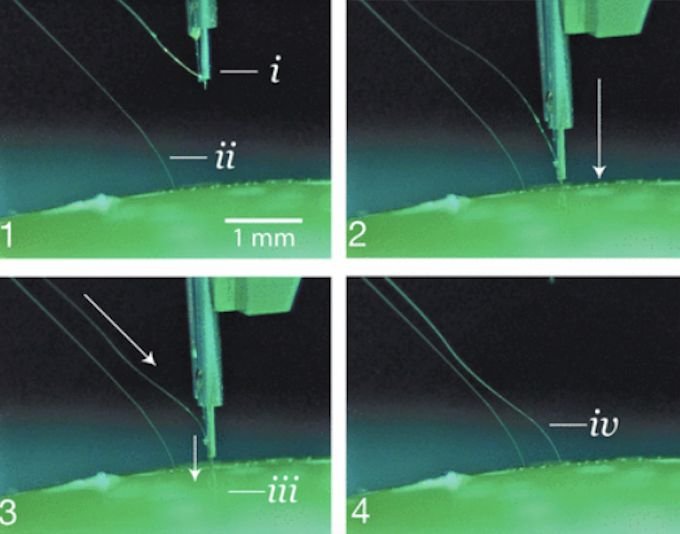Mechanism of operation of the system connecting the human brain to the computer
First mentioned in the science fiction novel series The Culture by Scottish writer Iain M. Banks, `neural lace` is a device implanted in the brain, allowing for increased physical and mental strength.
After four years of research, on August 28, Musk’s company revealed the capabilities of the Neuralink chip with a test on a pig named Gertrude.
Elon Musk once again excited the public with Neuralink technology.
At the first level of implant application, the chip acts as a brain-computer interface to help people better understand neurological diseases and how to treat them.
With a deeper level of chip integration in the future, this technology is expected to help humans enhance brain processing capabilities before the advancement of AI technology.
How the chip will work and what it will be used for
Although details about the project are scarce, there is some information about the mechanism behind the Neuralink chip.
Measuring 4 x 4 mm, Neuralink’s chip will connect to thousands of ultra-thin wires inserted into the brain through four holes drilled in the skull.
Neuralink has developed a highly precise laser neurosurgery robot to do this.
Electrodes and wires create a brain-computer interface to transmit external electrical signals into the brain.

A surgical microneedle is attaching the wire to the surface of the brain.
In the medical field, early versions of Neuralink helped paralyzed patients control smartphones.
Besides neurological treatment applications, Musk’s goal is also to enhance human intellectual power by implanting chips.
Some scientists are optimistic about Neuralink’s prospects.
He said: `If you use a network of electrodes to record signals from hundreds of neurons at the same time, understanding how they communicate with each other is really an obstacle. But now if you reduce it to one or just one
However, Musk’s Neuralink is not the first company to research the field of brain-computer interface.
By implanting a chip in the brain, BrainGate’s technology can restore communication and movement abilities in people with neurological disorders, such as motor neurone disease or those who have suffered trauma.
In one test, the chip’s microelectrodes successfully decoded the real-time nerve signals of people with paralyzed hands and arms, allowing them to control a cursor on a computer screen `using
A similar project is also being developed by Kernel, California.
The possibility of success with humans is still open
A series of studies and experiments in the field of brain-computer interfaces have proven that the vision of the Neuralink project is not unrealistic.
So what about the ambition to upgrade human intellectual abilities?
Although electrodes are theoretically getting closer and closer to this threshold, applying it in practice still requires a lot of research investment.
Some employees who have worked at Neuralink also doubt the success of this project because the company is `blazing a trail` when researching the most modern technology today.
In addition to being hindered in terms of science and technology, regulations from the US Food and Drug Administration will also make it difficult for Neuralink to commercialize the product in the near future.
However, any possibility can happen when Musk participates in leading this potential project.














Post Comment